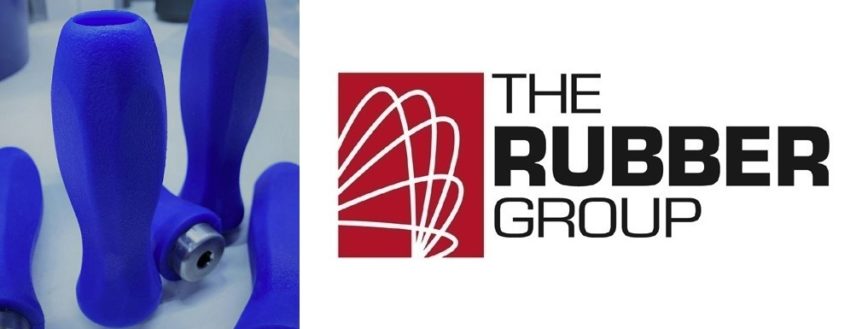Medical molding for rubber gaskets and rubber products offers medical device designers a choice of molding methods and materials. Silicones, a group of synthetic elastomers that come in medical grades, can be molded into parts or products using injection, compression, or transfer molding. Other medical elastomers also support the use of these three methods. Examples include EPDM, butyl, Viton®, polyurethane, polyisoprene, neoprene, and nitrile rubber – just to name a few.
How does a medical molder add value?
The Rubber Group provides injection molding, compression molding, and transfer molding services and is an expert in rubber-to-metal bonding and rubber-to-plastic bonding, techniques used in some medical assemblies. We also offer design assistance and can help you to determine the proper material testing protocol: ISO 10993 vs. USP Class VI. There are materials that will meet the requirements of both protocols, but the test methods differ somewhat.
Keep reading for an overview of each molding method or request a quote if you’re ready to get started. Additional articles in this series will provide a deeper dive into injection, compression, and transfer molding.
What is medical injection molding?
Medical injection molding for rubber gaskets and rubber products supports high volumes of parts that require medium-to-high levels of precision. Injection molds are typically not much more expensive and are sometimes cheaper than transfer molds. Rubber injection molding supports overmolding, a process that molds an elastomer such as silicone over another molded part or substrate. With silicone overmolding, medical products can have a soft-touch surface that covers a hard plastic handle or cover.
What is medical compression molding?
Medical compression molding has lower tooling costs, which makes it cost-effective for shorter production runs. It’s also a good choice for very hard or difficult-to-flow materials because, unlike injection molding, compression molding doesn’t need to push the rubber material through openings. Compression molding has longer per-part processing times and is not recommended for some complex designs; however, this manufacturing method is a great choice for large medical products and thicker parts.
What is medical transfer molding?
Medical transfer molding for rubber gaskets and rubber products is used to produce low-to-medium volumes of intricate, uniform parts with tight dimensional tolerances. Transfer molds tend to be more expensive than compression molds but, in some cases, may cost less than an injection mold. The processing times for transfer molding are longer, however. Like the other two forms of medical molding, transfer molding supports the use of inserts. This allows an elastomer to be molded over a substrate.
Where is there more information about medical molding?
Thank you for the reading this introduction to The Rubber Group’s medical molding series. Additional articles are coming that will examine injection, compression, and transfer molding for medical applications in greater detail. In the meantime, please contact us for more information or to discuss your application requirements. We also invite you to request a quote if you’re ready to ready to start a medical molding project.

